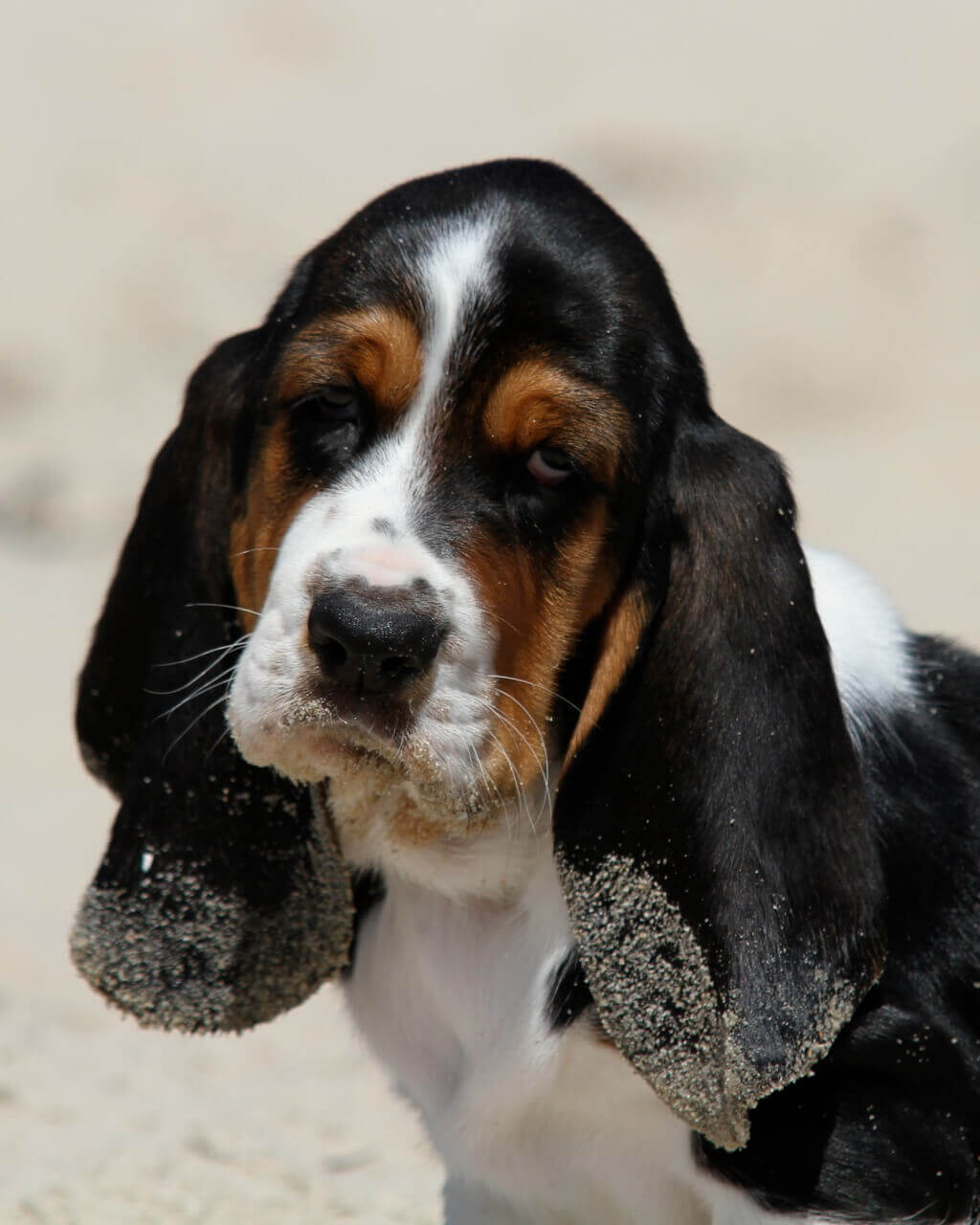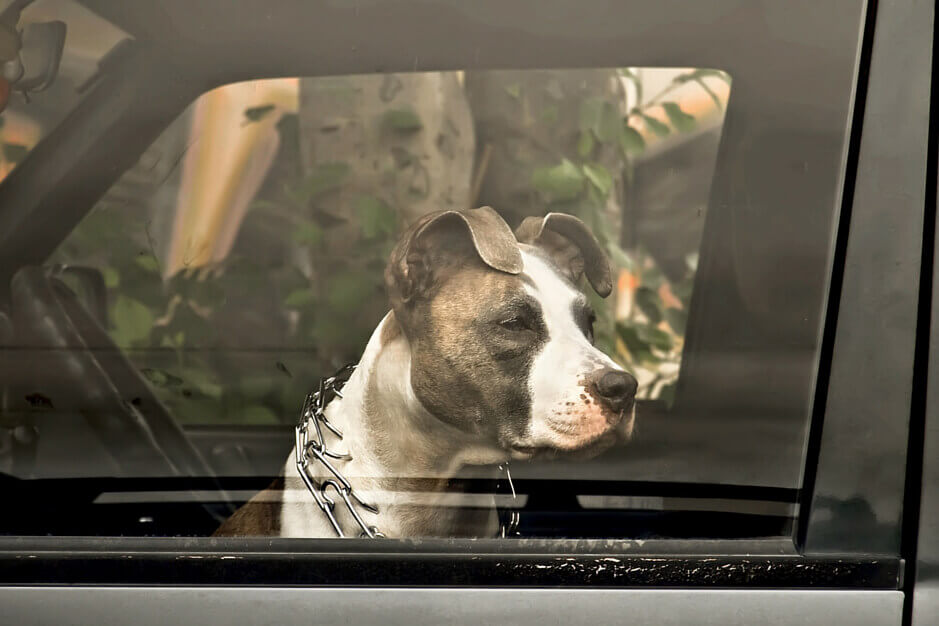The Fourth of July is the perfect time to celebrate our independence with family, food and fun. However, approached without caution, summer fun can quickly turn frightening—or fatal—for our four-legged friends.
From overwhelming noise to overheating and obstruction, this summer holiday can mean significant danger for your pet. Keep your animals safe this Independence Day—and all summer long—with these tips.
#1 Stay Close
Does your dog or cat fear the Fourth? Many pets become very anxious about noise when their owners are out, especially when the fireworks begin. If left alone, pets can funnel their anxiety into destruction—including vocalizing, digging and chewing—or even run away. While calming products like pheromones, sedatives and even Thundershirts can provide some relief for stressed pets, the ideal solution is to simply stay home. If your pet is stressed out or anxious, he/she should not be left alone.

#2 Be Prepared
If you must be away from home, never leave your pet outside. Dogs often have no problem breaking through fences or other outdoor enclosures when scared and in fact, hundreds of dogs go missing every year on this holiday.
Identification is also crucial. In the event you do lose a furry friend in the festivities, you’ll have a much better chance at finding your pet if he/she is properly identified with tags or a microchip.
#3 Keep Fido Away from the Barbie
Is there anything dogs love better than a BBQ? Let’s face it, dogs often don’t discriminate what they eat and if you’ve got a busy grill, you may not notice what your pup is getting into.
Throughout the summer, veterinarians at The Drake Center generally see one to two serious gastrointestinal cases per month from dogs "cleaning up" around the BBQ guests. Our doctors have had to surgically remove champagne corks, wooden skewers, bones and corn cobs from these animals’ intestines. Even rocks can become irresistible to dogs if they’re covered in drippings.
#4 Beat the Heat
Heat stroke is a deadly condition veterinarians see every summer. It is most commonly caused when an owner leaves his/her pet unattended in a parked vehicle. Not only is this act illegal, on a sunny day, it can take only minutes for the temperature inside a car to rise to a lethal level.
During warm weather, the inside of a car can easily reach up to 120 degrees, even parked in the shade with the windows down. Remember, it only takes a brief amount of time for animals to get into serious trouble when exposed to high temperatures.

Heat stroke can also occur with strenuous exercise during the hottest time of the day or even if a pet is kept outdoors without access to shade. Dogs with short muzzles, like pugs, boxers and Boston terriers, and dogs with heavy coats are especially at risk. Other predisposing risks include obesity, underlying heart disease and upper airway disorders.
Indoor cats are only protected from the heat if the temperature inside is kept cool. In an effort to save money and energy, many pet owners turn off the air conditioning when they are out of the house. Because rising temperatures outside can also affect the indoor climate, this can be a very dangerous situation.
Signs of heat stroke include:
- Rapid, intense panting
- Weakness
- Ataxia (staggering gait)
- Collapse
- Pale and/or dry gums
- A rectal temperature of 105 degrees or higher
Immediate treatment of heat stroke is critical. Spray your pet down or place him/her in a tub of cool water and seek veterinary care immediately. Monitoring your pet’s temperature throughout the treatment process is very important, as it is possible to cool the pet down too much, resulting in hypothermia and further complications. Complications of heat stroke can include kidney failure, problems with blood coagulation, septic shock and heart arrhythmias or death.

To prevent heat stroke and other warm weather issues:
- Avoid leaving your pet in a parked car during the warmer months, even on mildly hot days. Remember, it only takes a few minutes to cause serious injury—even with the windows cracked.
- Offer water to your dog every 15 minutes. Also, be sure to bring water for both of you on all outings and walks.
- Do not take your dog to the beach between 10 a.m. and 5 p.m. unless you provide shade and foot protection. Paw pads are sensitive and can burn on scorching sand.
- Use caution while exercising. Early morning or evening is the best time to exercise your pet during the summer months. Also, be mindful of hot pavement on your pet’s feet. Protective booties may help.
- Consider shaving pets with heavy coats if they spend a significant amount of time in the heat. Remember, though, your pet can get sunburned, too! Invest in doggie sunscreen if needed, but don’t use the human variety—it can be toxic if licked.

